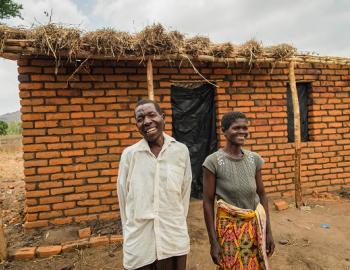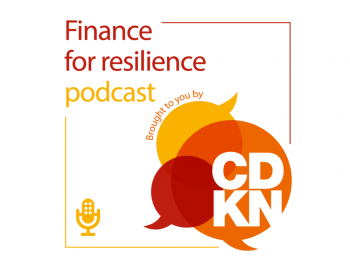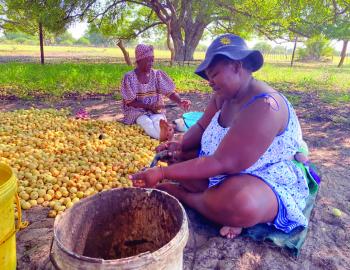Report : Sustainable energy for whom? Governing pro-poor, low carbon pathways to development: Lessons from solar PV in Kenya
Report : Sustainable energy for whom? Governing pro-poor, low carbon pathways to development: Lessons from solar PV in Kenya
The grid-based electricity access rate in Kenya remains well below the average for sub-Saharan Africa despite significantly intensified efforts over the past decade to increase grid-penetration. Although the rhetoric of these efforts promotes the deployment of low carbon technologies at different scales, there is little in the way of practical support for off-grid low carbon electrical services and little policy attention to the role of rural household energy access in pro-poor development. Instead, much of the attention to the pro-poor agenda is being paid by donors, who have tended to adopt the ‘bottom-of-the-pyramid’ rhetoric that claims poor people can participate in energy technology markets and so the private sector can deliver pro-poor energy services. Within this rhetoric, the challenge is said to be one of creating an enabling environment within which private actors can compete freely to service the energy demands of the poor.
Using a combination of insights from innovation studies, socio-technical transitions theory and the STEPS pathways approach, this paper, Sustainable energy for whom? Governing pro-poor, low carbon pathways to development: Lessons from solar PV in Kenya, analyses the evolution of the Kenyan photovoltaics (PV) market. Considered by many to be an exemplar of private sector led development, the Kenyan PV market has witnessed the adoption of more than 300,000 solar home systems and over 100,000 solar portable lights. The notion of an entrepreneurially driven unsubsidised solar market has proved to be a powerful narrative amongst development actors who, paradoxically, have provided millions of dollars of funding to encourage the market’s development.
The paper is part of the CDKN-funded project, Pro-poor, low carbon development: Improving low carbon energy access and development benefits in Least Developed Countries, which aims to enrich understanding on the relative successful adoption of Solar Home Systems in Kenya to inform the design of Climate Innovation Centres and policy initiatives that facilitate the transfer and uptake of low carbon technologies in Kenya and other Least Developed Countries (LDCs). The project aims to identify ways in which low carbon technologies can benefit poor people by improving access to modern energy services.
Further reading:
Project homepage: Pro-poor, low carbon development: Improving low carbon energy access and development benefits in Least Developed Countries
Briefing paper: Energy Pathways in Low-Carbon Development: Briefing from STEPS Working Paper 46
Briefing paper: The political economy of low carbon energy in Kenya
Briefing paper: Low carbon energy and development in low-income countries: Policy lessons from a study of the off-grid photovoltaics sector in Kenya
Report: Energy Pathways in Low Carbon Development: from Technology Transfer to Socio-technical Transformation
For more information, please go to the STEPS Centre website on low carbon development.



